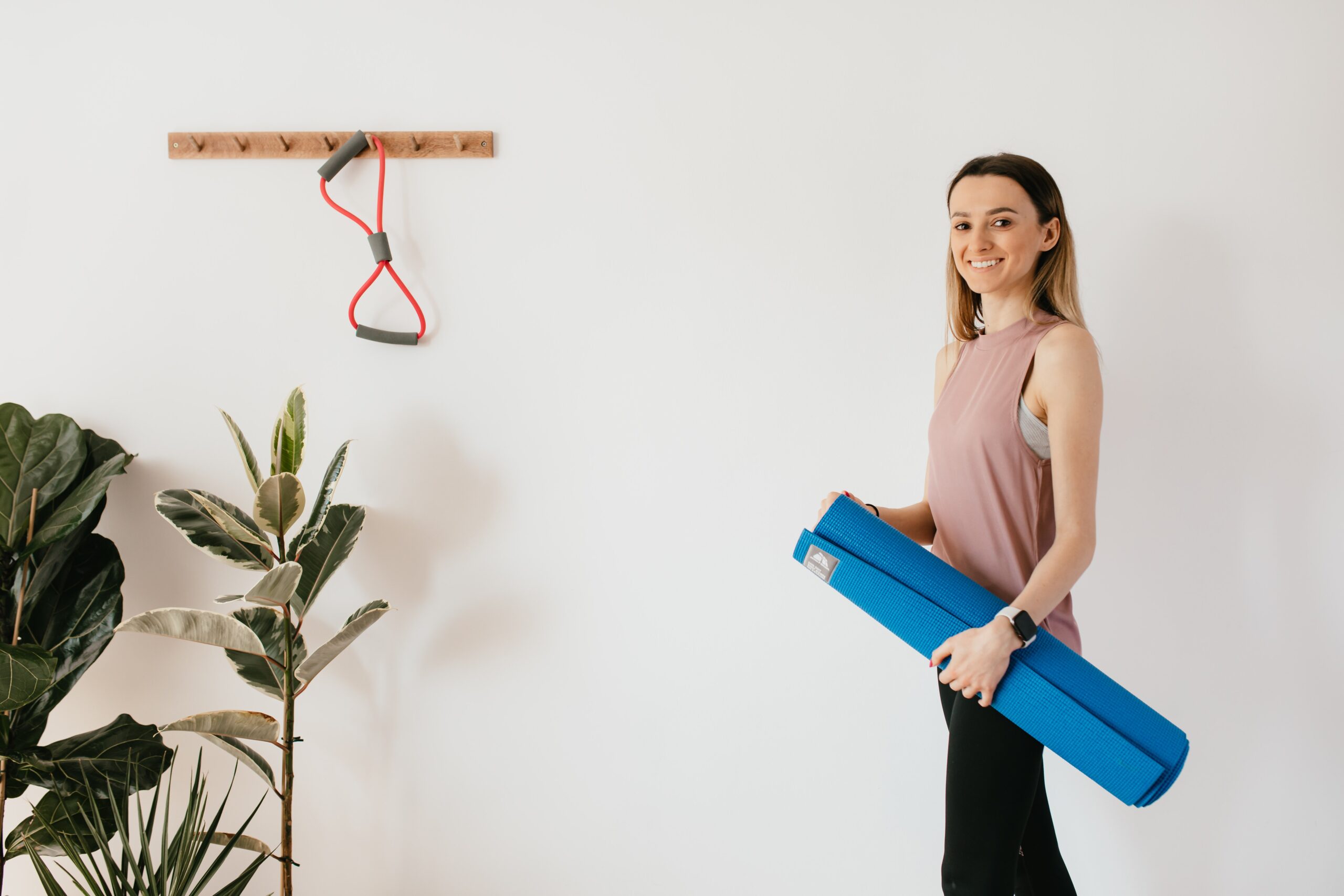
One stretch to improve your posture
Poor posture whilst sitting or standing can eventually begin to affect your muscle strength and length. The muscles in the back of your neck and trunk can lengthen and weaken, while the muscles in the front of your neck, chest, shoulders, and abdomen stiffen and shorten (think text neck and hunched shoulders).
We then see a snowball effect which perpetuates bad posture, since your body finds comfort in a position it’s become familiar in. The good news is that it’s not too late to correct and prevent any changes to your posture.
The wall angel is a highly effective and simple exercise that can be performed easily at home, whatever your age or mobility level. It requires no equipment and can be modified to meet you exactly where you are in your mobility journey.
Benefits of the wall angel
- Mobilises the shoulder girdle
- Decreases a forward head position
- Opens up the chest and reduces rounded shoulders by stretching the muscles at the front of the body
- Activates and strengthens the back of the body
- Reduces tension and pain in your upper body, head and neck
To perform the whe wall angel, find a clear wall (enough space to stand with arms outstretched). Alternatively you can do this lying down on the floor with your knees bent, if you feel more comfortable – the below step by step instructions will still apply. This exercise should be performed slowly and the aim is to strengthen your rhomboid muscles between your shoulder blades.
- Stand with your back to the wall
- Lengthen your spine
- Push your head, spine and bottom into the wall as much as is comfortable*.
- Bring your arms into a V position – backs of hands pressed to the wall, arms overhead.
- Slowly glide your arms down to a W position against the wall, bending at the elbows.
- Raise your arms over head to inhale and lower arms to exhale, x 5 repetitions.
- Repeat this two to three times a day.
Modifications
- If your shoulders feel tight or you can’t keep them against the wall, begin the exercise with elbows and arms slightly off the wall.
- As you progress, work towards getting shoulders, elbows and then hands against the wall.
- To make the exercise more challenging, work on narrowing the Y shape of your raised arms. Bring heels closer to the wall, keeping your back, head and arms pressed in.
Give this exercise a go, we can’t wait to see and hear your results!
If you need more support or are in pain, contact your osteopath who can create your own treatment and exercise plan.
*It is likely you will not be able to flatten your entire back to the wall due to the natural curvature of your spine. Take care not to force any movements that are not within your range of motion.
